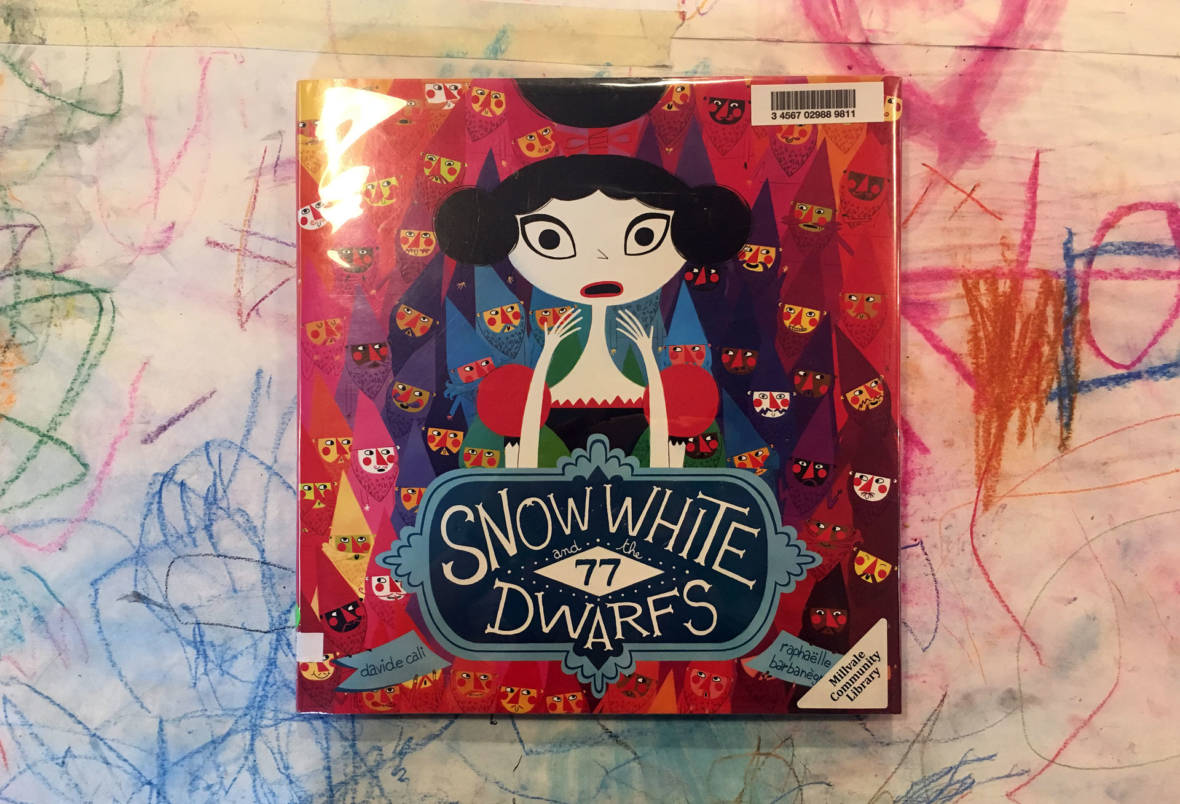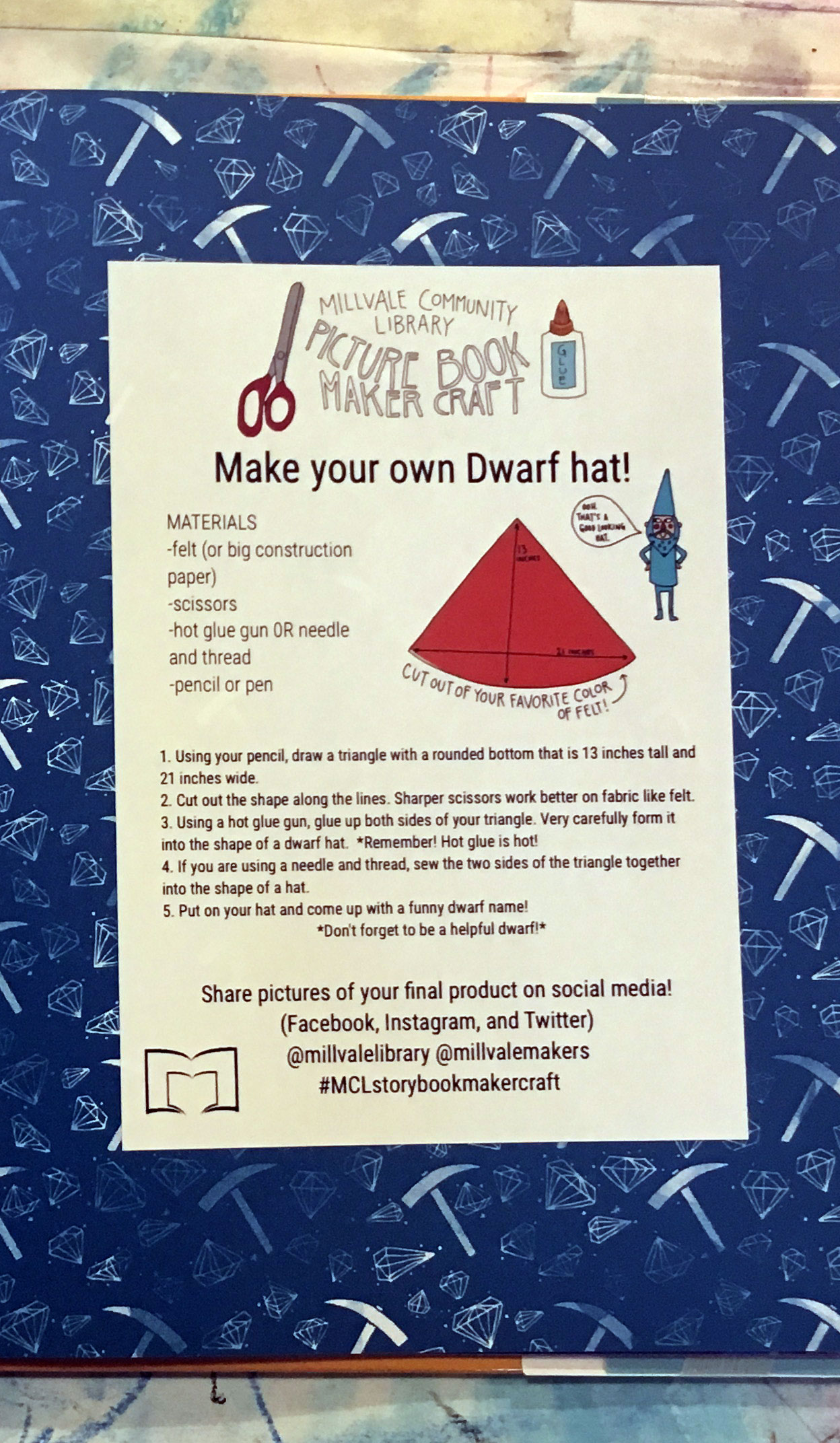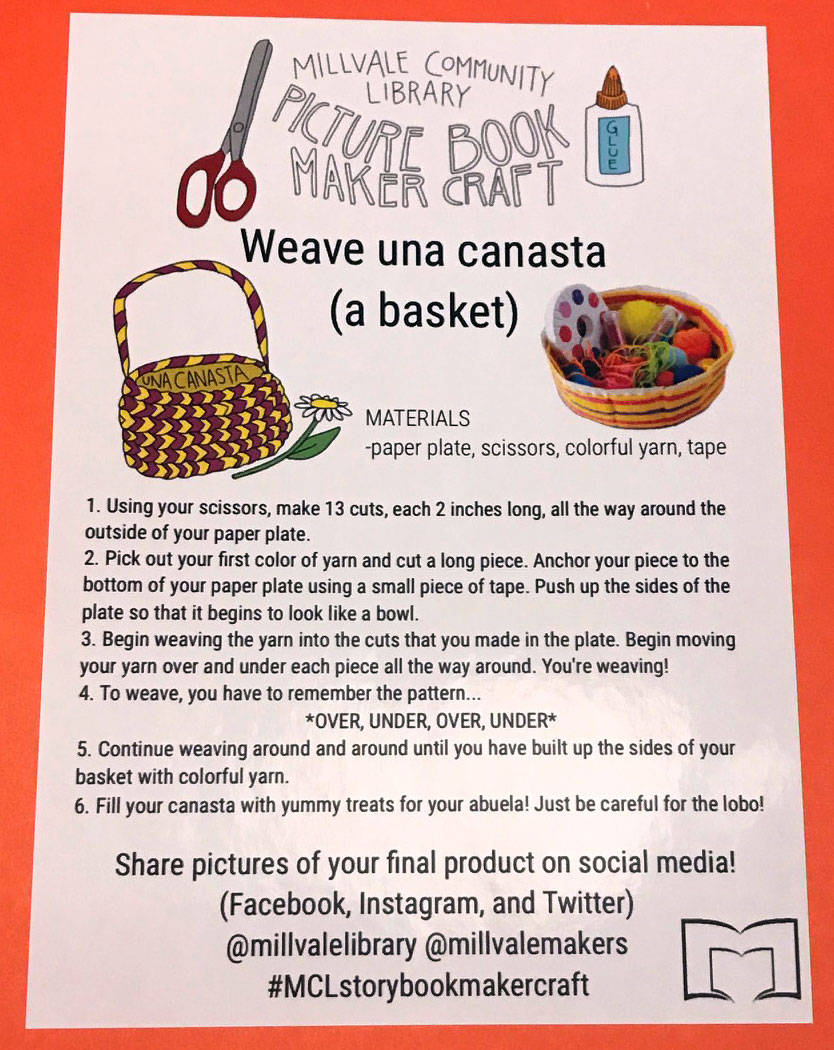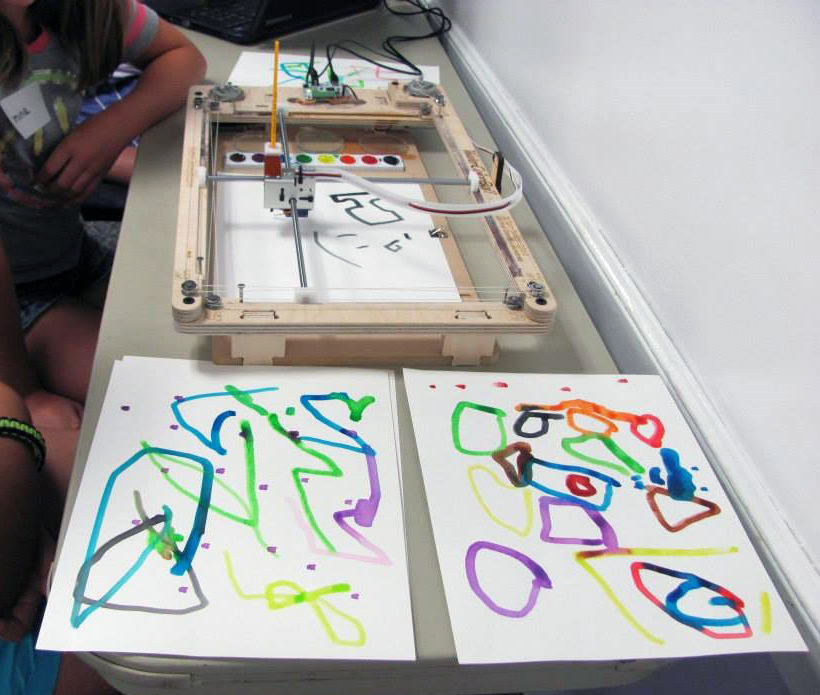October 26, 2017
These sanctuaries enrich our lives and communities in so many ways. Without their magical world, I would never have become a writer
 |
| No wonder we fiercely protective of them. They are priceless.’ A protest against plans to turn the Carnegie Library in Herne Hill, south London, into a private gym. Photograph: Alamy Stock Photo |
What does the library mean to you? It’s a question I have been mulling over for the past couple of days, since I bought a secondhand book online and found guiltily that it was, in actual fact, a library book. I assumed that someone had stolen it, or taken it out and then died, but then it struck me that perhaps the library had closed. So I’ve been trying to find out.
Meanwhile, the journalist and former Conservative aide Andre Walker took to Twitter. “Nobody goes to libraries anymore,” he wrote. “Close the public ones and put the books in schools”.
What a privileged position to take, I thought, this assumption that these vital public spaces are not needed. Spoken like someone who has always been able to afford books and magazines (or else, I suspect, doesn’t read), who can pay for an internet connection, who doesn’t need help filling in government forms.
Spoken like someone who doesn’t require shelter from the storm, isn’t housebound or lonely or trying to escape a chaotic home life, isn’t a new parent wondering what to do with a small, helpless being for a few hours, because it’s raining and you’re knackered.
Spoken like someone who, because of money, selfishness, or political ideals, doesn’t need or want to feel part of a community that, for others, gives life depth, and variety, and meaning.
Now, I don’t usually make a habit of writing columns about something controversial that someone has said on Twitter; life is far too short. But this time, more than 100,000 people have replied to Walker’s tweet, rendering it somewhat newsworthy (and also leading him to back down and admit that libraries are not as unpopular as he believed). I’m also addressing it because of the context in which it appears: because of cuts to local authorities, libraries in Britain are closing all the time, at a rate that – despite the passionate commitment of librarians and activists, has begun to feel heartbreakingly inevitable.
As I write, £10m worth of cuts mean that 21 libraries in Northamptonshire are at risk. Alan Moore, the writer of the graphic novels Watchmen and V for Vendetta, grew up in a working-class family in Northampton – and has threatened to halt filming of a TV project due to take place in the town if the council does not reconsider. Without library access, he told the Northampton Chronicle & Echo, he would not have become a writer.
The same is true of me. Throughout my childhood, I withdrew eight books (the maximum allowed) every few weeks from my local library. We could never have afforded to buy them. They gave me a passion for reading that was indiscriminate – I would devour anything, whether age appropriate or not (a few brutally graphic crime novels, snuck out without my parents’ knowledge, certainly kept me up at night). You could throw anything at me, from the Brontës or the Sweet Valley twins, it didn’t matter. Growing up in a rural area, I had a planet of ideas and experiences opened up by the library. Next summer my first novel will be published. Without the libraries of my childhood, it would never have been written.
To lose our libraries would be a national disaster – we must act to save themDesmond Clarke
I feel emotional almost to the point of tears about libraries. In wanting to examine why, it occurred to me that for many of us library lovers, a library is an extension of home – a big, cosy living room into which everyone is invited. And just as the interior architecture of a childhood home becomes enmeshed with the interior architecture of our minds – that painting of the fox that you always felt was watching you, or that ornament that seemed fixed, as if glued, to the mantelpiece, or that intricate pattern on the god-awful rug – so does the library’s.
Many of us, if blindfolded and transported back to the library door, would know it from the smell alone, could navigate our way to our favourite stacks with no effort, could draw the posters from memory. Libraries are witnesses to formative experiences regardless of age or maturity, places where you may have sat and been transported telepathically into the mind of another: the universe that they have created, the feelings they have projected.
And so, of course, we feel protective of them. The books we read make us, and often save us. As I was writing this, I was inundated with stories of what libraries mean to people, in various ways: to some they are sanctuaries from abusive home lives, or even homelessness. They are places to revise and learn and use technology, to rent films and records and CDs, when doing so elsewhere is impossible. They are the backdrop for bonding rituals with parents and aunts and grandparents – one young woman, Dawn Powell, told me that her mother had loved her library so much, a bench had been up in her honour there after she died. (She also used to nick family members’ library cards, so she could take out more books).
Relationships with librarians were also important. They pointed out books that changed readers’ lives for ever, and offered guidance, sympathy, tissues, a friendly face. (If you’ve ever cried in a library you’ll know what I mean.) One child even had a birthday cake baked every year.
Libraries may be needed more by poor people but many comfortably off people use them too. Regardless of class background, libraries plug us into our communities, reminding us that there is life beyond our living rooms, that there’s more to our daily existences than work and coming home, and the same again tomorrow. We are not all atomised in front of our glowing screens. Libraries don’t just mean us, they mean other people too. No wonder we fiercely protective of them. They are priceless. Maybe that’s why they are so busy
• Rhiannon Lucy Cosslett is a Guardian writer
Source: The Gaurdian




